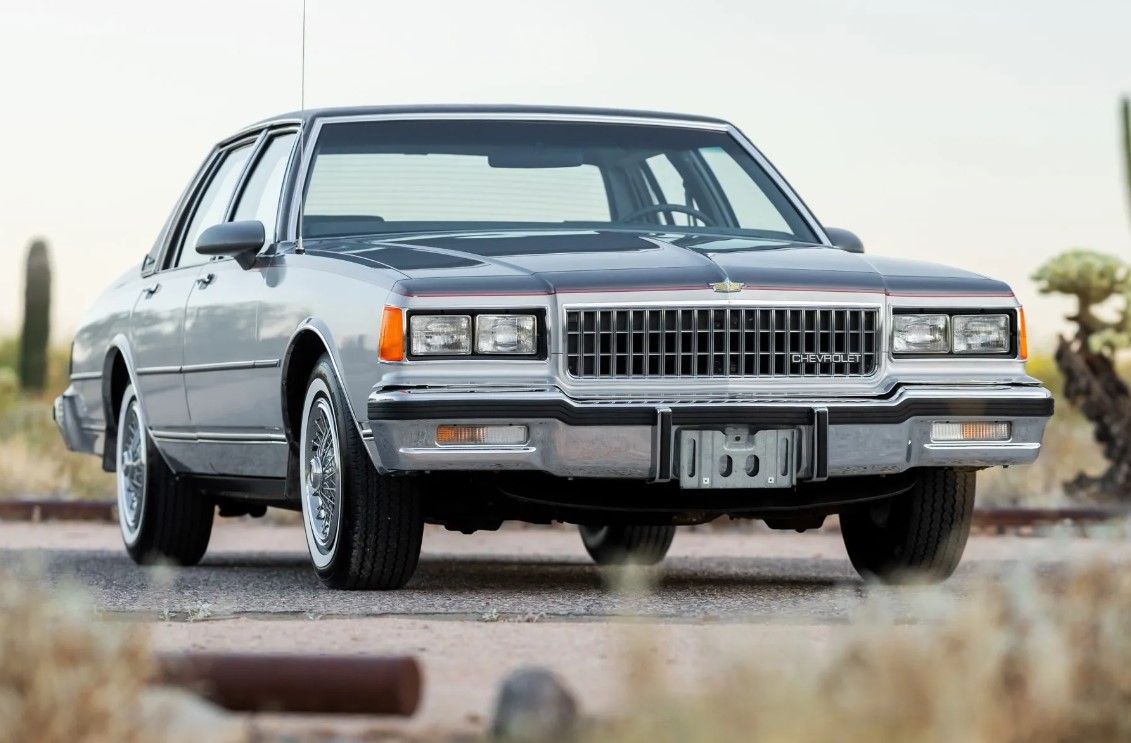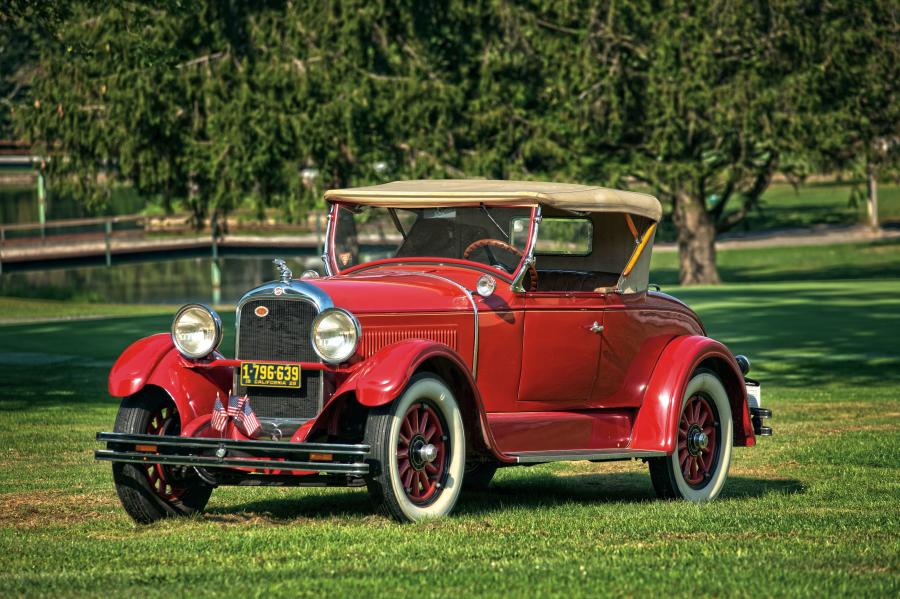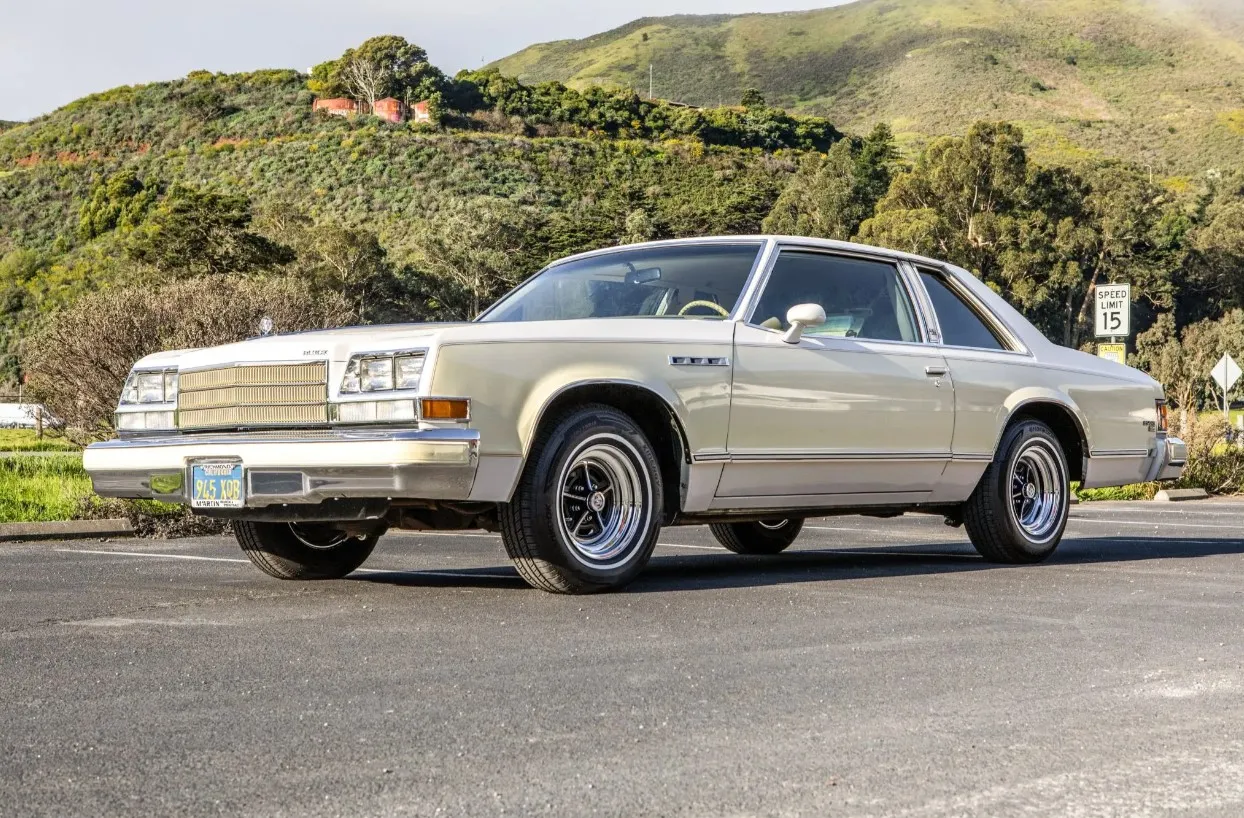The Jeep CJ-5, a compact and rugged off-road vehicle produced for three decades, stands as one of the most iconic and enduring vehicles in automotive history. Born out of military origins, the CJ-5, short for "Civilian Jeep," became a symbol of adventure, exploration, and rugged individualism. In this comprehensive exploration, we will delve into the history, design, performance, technological features, and lasting legacy of the Jeep CJ-5.
-1692669974.jpeg)
Origins and Development
The Jeep CJ-5's story begins with the birth of the Jeep itself during World War II. The U.S. military needed a lightweight, versatile, and rugged vehicle, leading to the creation of the Willys MB and Ford GPW, which became known as "jeeps." These vehicles were compact, agile, and capable of tackling various military tasks.
After World War II, Willys-Overland recognized the civilian market potential for a similar vehicle. In 1945, they introduced the first Civilian Jeep, the CJ-2A, which retained many features of the military jeep but incorporated creature comforts for civilian use.
-1692670005.jpeg)
The Jeep CJ-5 made its official debut in 1954, designed to replace the CJ-3B and incorporating significant improvements. Key changes included a sturdier frame, a more potent Hurricane F-134 engine, and an enhanced interior. These upgrades made the CJ-5 a more versatile and capable vehicle for both on-road and off-road adventures.
Technical Specifications
-1692670041.jpeg)
To understand the CJ-5's enduring appeal, it's crucial to examine its technical specifications. These specifications evolved over the years to meet changing consumer preferences and technological advancements.
The CJ-5 was offered with various engine options, including the Hurricane F-134 inline-four, the Dauntless V6, and the AMC straight-six engines. Manual transmissions were standard, but an automatic transmission option became available in later models. The CJ-5's most defining feature was its four-wheel-drive system, featuring solid axles and locking differentials, offering exceptional traction and durability in challenging terrains. It was available in various body styles, including the open-top roadster, the classic two-door, and even a pickup truck variant.
Evolution of the CJ-5
The CJ-5 continued to evolve over its production run. During the Kaiser era in the 1960s, it received updates like a wider track and improved suspension for enhanced stability. In the 1970s, under the ownership of American Motors Corporation (AMC), the CJ-5 saw the introduction of AMC straight-six engines and cosmetic changes like square headlights. However, by the 1980s, the CJ-5 faced increasing competition from other off-road vehicles, leading to its discontinuation in 1983 when AMC replaced it with the CJ-7.
Off-Roading Legacy
-1692670078.jpeg)
The Jeep CJ-5's legacy as a formidable off-road vehicle is well-deserved. Its compact size made it exceptionally maneuverable in tight trails and rocky terrain, thanks to its short wheelbase. The robust four-wheel-drive system, with solid axles and locking differentials, offered excellent traction and durability, allowing it to conquer a wide range of terrains. The CJ-5's popularity among off-road enthusiasts gave rise to a thriving aftermarket industry, and it played a pivotal role in the development of Jeeping culture—a community of off-road enthusiasts who share a passion for outdoor exploration.
Cultural Impact
-1692670094.jpeg)
The Jeep CJ-5's cultural impact extends beyond its off-road prowess. It has made appearances in numerous films, television shows, and advertisements, cementing its status as an American icon. Notable appearances include the 1969 film "Easy Rider," where Peter Fonda rode a customized CJ-5, and the immensely popular TV series "The Dukes of Hazzard," which featured a CJ-5 known as the "Golden Eagle."
Collectibility and Restoration
Despite its discontinuation in 1983, the Jeep CJ-5 remains highly sought after by enthusiasts and collectors alike. Restoring a CJ-5 to its former glory has become a labor of love for many. The availability of replacement parts and the enduring popularity of the model have kept the CJ-5 community thriving.
In conclusion, the Jeep CJ-5 is more than just a vehicle; it's a symbol of American ingenuity, adventure, and the enduring spirit of exploration. Its military roots, civilian success, and off-road prowess have solidified its place in automotive history. Whether you're an off-road enthusiast, a collector, or simply someone who appreciates a classic piece of American automotive heritage, the Jeep CJ-5 continues to captivate and inspire.


